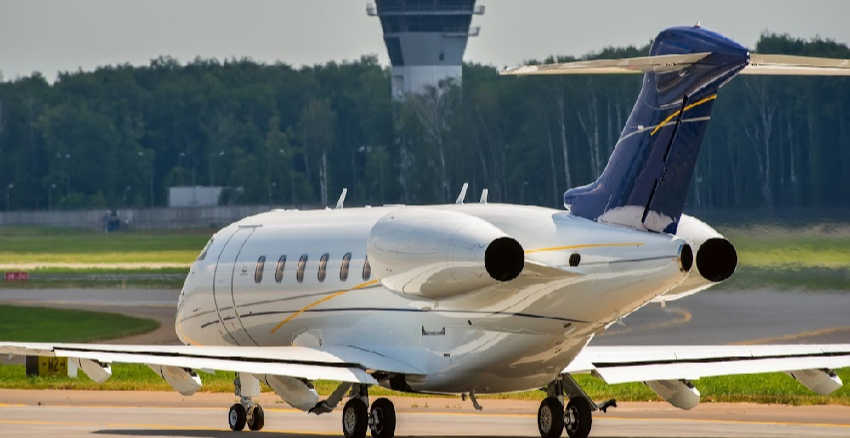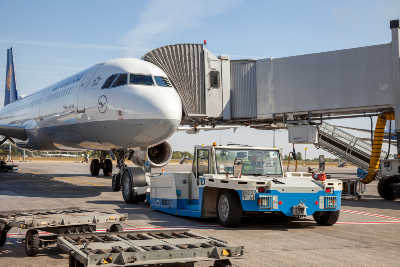For local resources,
choose a city page in Connecticut:

Aircraft Dispatcher Jobs in Connecticut
An aircraft flight dispatcher in Connecticut always supports the process of moving aircraft safely from one place to another. They do it by being a big part of flights, flight planning, and deciding flight paths. By considering specific aircraft specs including an aircraft's expected performance based on its load, the Aircraft Flight Dispatcher also considers the prevailing winds and brewing thunderstorms and approaching turbulence, but that's not all. Airline Flight Dispatchers also consider the local airspace restrictions and ever-changing weather conditions - so many factors to consider.
"An Aircraft Flight Dispatcher also goes by the title Aircraft Dispatcher, Airline Flight Dispatcher, Flight Follower, Flight Dispatcher, and Flight Operations Officer." Ashley Smith, ASO CEO
As we look into the next 10 to 20 years the job prospects for Aircraft Flight Dispatchers in Connecticut are very encouraging, especially for aircraft dispatchers and Flight Operations Officer jobs in Connecticut. There is a high demand for flight followers everywhere, including Connecticut.

To submit an application to earn an FAA Aircraft Dispatcher Certification, a student prospect must prove he/she is at least 23 years of age and can read and speak English.
Moreover, Flight dispatcher job-hunters from Connecticut must amass 200+ hours of dispatcher training. Then, flight follower students from Connecticut must pass a written test, a flight planning test, and an oral exam before landing a top aircraft dispatcher job in Connecticut.
An Aircraft Flight Dispatcher from Connecticut are responsible for maintaining a continual watchful eye on all flights dispatched, and is responsible in a joint agreement with the pilots for flight planning, en routes, altitude choice, fuel load requirement, and compliance with FAA regulations.
The annual median aircraft dispatcher wage hovers around $34,000. However, the Airline Dispatcher Federation believes the average airline flight dispatcher salary in Connecticut is well over $40K.
What is the main difference between an Aircraft Dispatcher job in Connecticut and an Airline Traffic Controller job in Connecticut? Airline Flight Dispatchers consider an aircraft's size, local weather, estimated travel time per weather conditions, and all things pertaining to the timing of inbound arrivals and outbound flight departures. On the other hand, air traffic controllers at the airport where they direct aircraft traffic on the ground and updating pilots with new information during their flights.
Flight Dispatcher Job Description in Connecticut
Airlines are in the people transport business where they move tons of air travelers from one place to another. It should be obvious that no airport, especially the big airports would be able to function without the oversight and management of aviation professionals on the ground - we call them Flight Operations Officer and they perform the job of Aircraft Flight Dispatcher in Connecticut.
"FAR 121.533 declares aircraft captain and flight dispatchers are equally responsible for the safety of the flight and the welfare of the passengers and flight crew." Ashley Smith, ASO CEO
In conjunction with the pilot, the Flight Operations Officer provides the flight plan so the airplanes and helicopters from Connecticut arrive at their destinations and on time and on schedule at the lowest possible cost.
Those performing the job of Airline Flight Dispatcher in Connecticut recognizes the weather, the wind, and always looking for and identifying alternate destinations. Of course, if they are considering alternative destinations they also must consider the fuel required to get there. In order for any flight to take flight, the pilot needs the signature of the official flight dispatcher releasing the aircraft and the pilot for flight.
The Aviation Maintenance Technician Handbook—Airframe
The Aviation Maintenance Technician Handbook—Airframe (FAA-H-8083-31A) is one of a series of three handbooks for persons preparing for certification as an airframe or powerplant mechanic. It is intended that this handbook provide the basic information on principles, fundamentals, and technical procedures in the subject matter areas relating to the airframe rating. It is designed to aid students enrolled in a formal course of instruction, as well as the individual who is studying on his or her own. Since the knowledge requirements for the airframe and powerplant ratings closely parallel each other in some subject areas, the chapters which discuss fire protection systems and electrical systems contain some material which is also duplicated in the Aviation Maintenance Technician Handbook—Powerplant (FAA-H-8083-32A).
Fixed-Wing Aircraft Factoid Maintaining the Aircraft Access and Inspection Panels
Knowing where a particular structure or component is located on an aircraft needs to be combined with gaining access to that area to perform the required inspections or maintenance. To facilitate this, access and inspection panels are located on most surfaces of the aircraft. Small panels that are hinged or removable allow inspection and servicing. Large panels and doors allow components to be removed and installed, as well as human entry for maintenance purposes.


